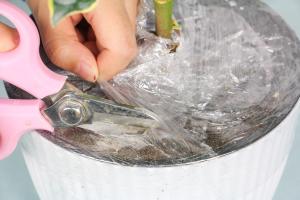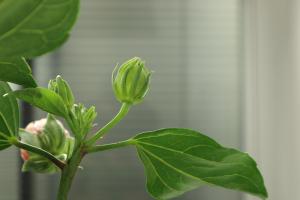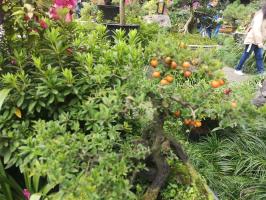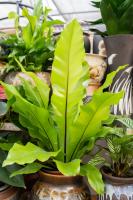Breeding method
Temperature and light
Daphne odora likes a warm and cool growth environment. It likes shade and is afraid of cold. Avoid direct sunlight. In summer, do a good job of shading and proper ventilation. In winter, move the plant to the sunny place indoors and keep the room temperature above 8 ℃
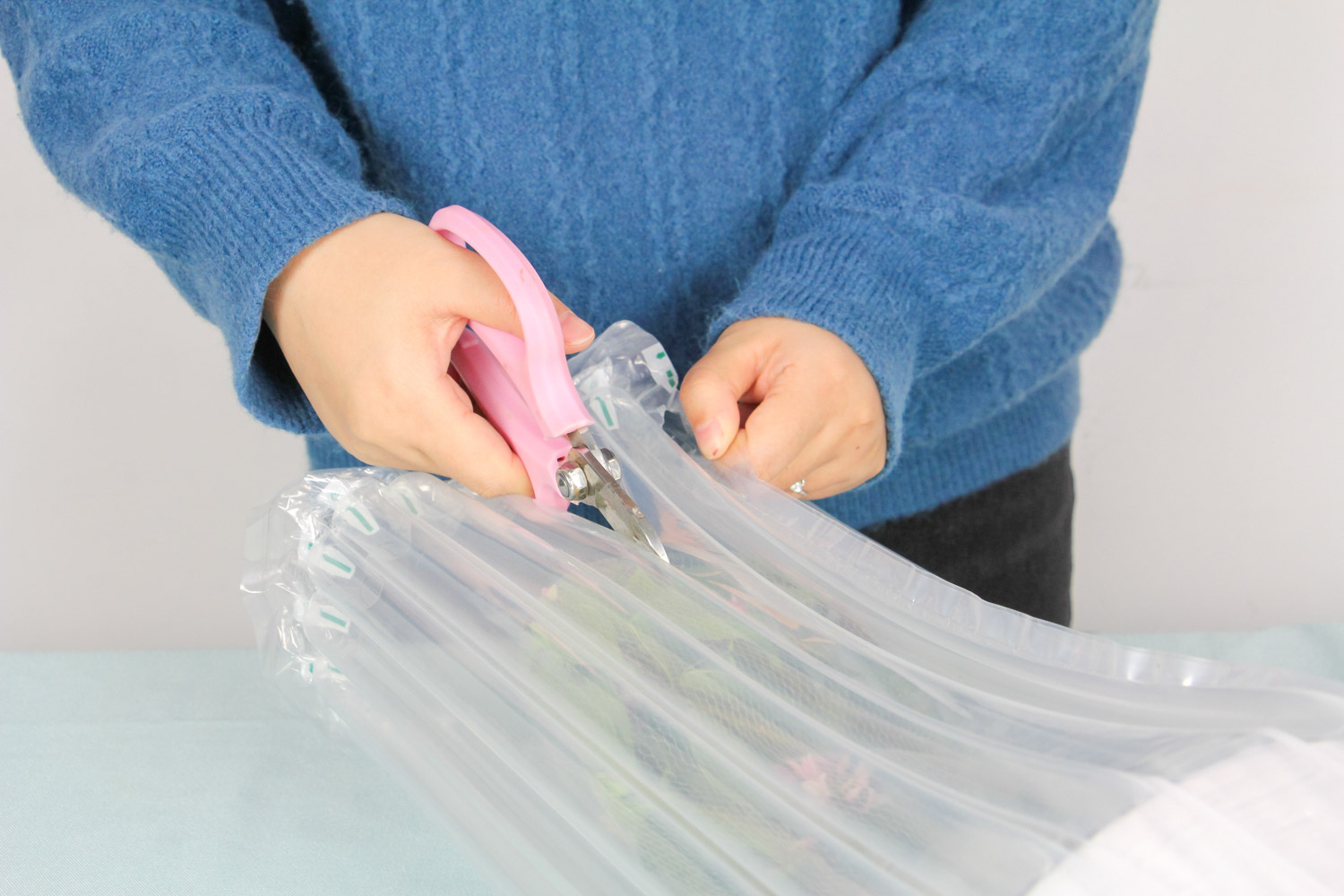
Watering
Daphne odora likes to be wet. Usually, keep the basin soil dry or too wet. In summer, Daphne odora enters a semi dormant state, which can appropriately reduce the amount of water
Soil
Daphne odora is suitable for loose, fertile and well drained acidic soil
Fertilizer
Daphne odora is mainly fertilized with nitrogen and potassium fertilizer, and must be applied with fully decomposed fertilizer solution and a small amount of black alum water. Note that Daphne odora should be thin and avoid being too thick. If the temperature of the pot is too low or the soil is too wet, pay attention to it. You can also apply some rotten manure before overwintering
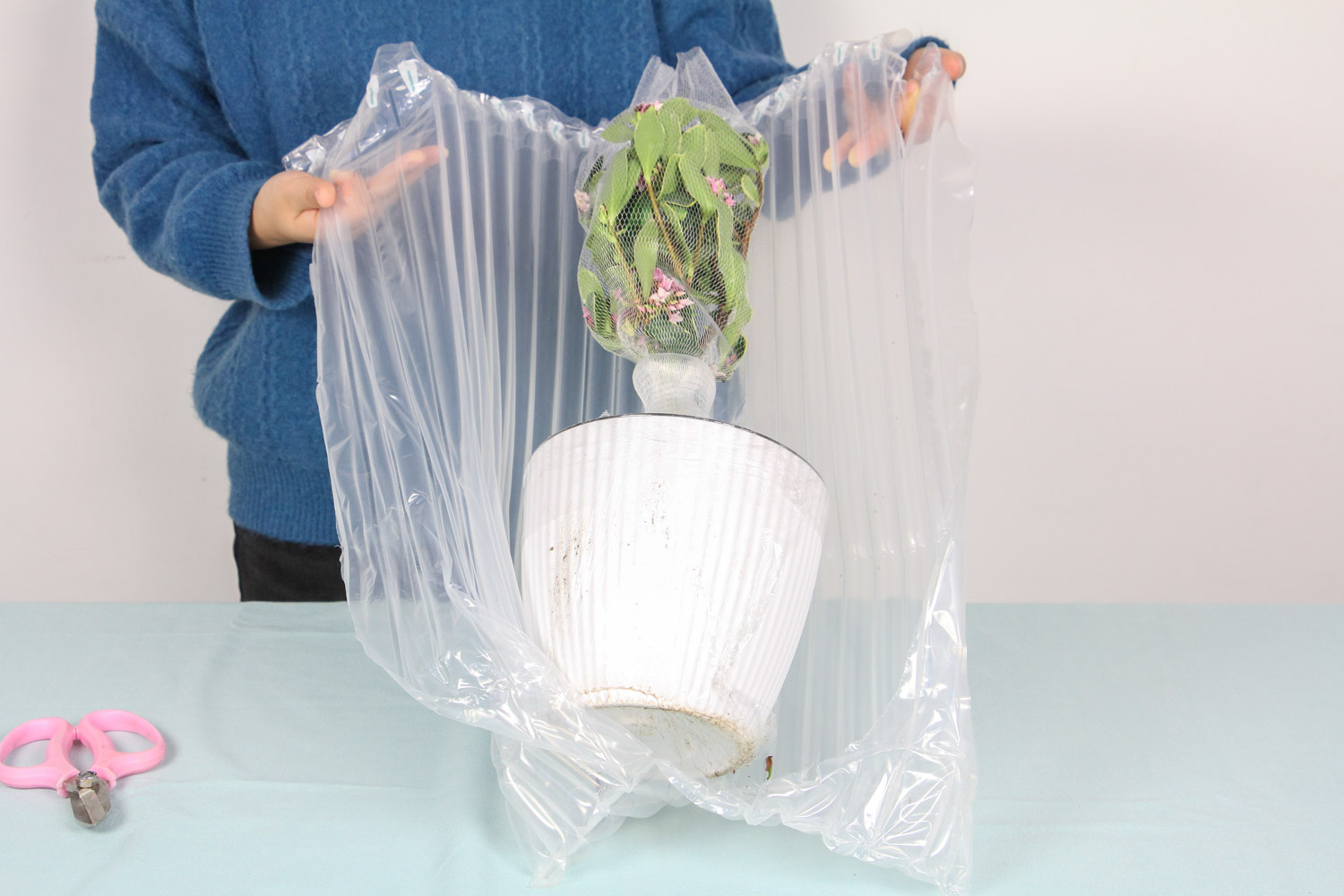
Precautions
Daphne odora is more resistant to pruning. Usually, close branchlets can be cut off before germination, leaving some gaps, which is conducive to ventilation and light transmission. Daphne odora is suitable for pruning after flower withering. In addition to cutting short the branches that have bloomed, it should also cut off overlapping branches, over dense branches, bare branches, diseased branches and other branches to ensure the beautiful shape of the plant
Daphne odora is generally turned over and replaced every 2-3 years, usually after flowering. When turning the basin, remove about 2 / 3 of the old soil, and properly repair some long fibrous roots. It can be combined with turning the basin and properly lift the roots< span>

 jackfruit
jackfruit snake plant
snake plant hibiscus
hibiscus hydrangea
hydrangea lavender
lavender Green roses climb al...
Green roses climb al... If you don't pay att...
If you don't pay att... Management of four g...
Management of four g...

